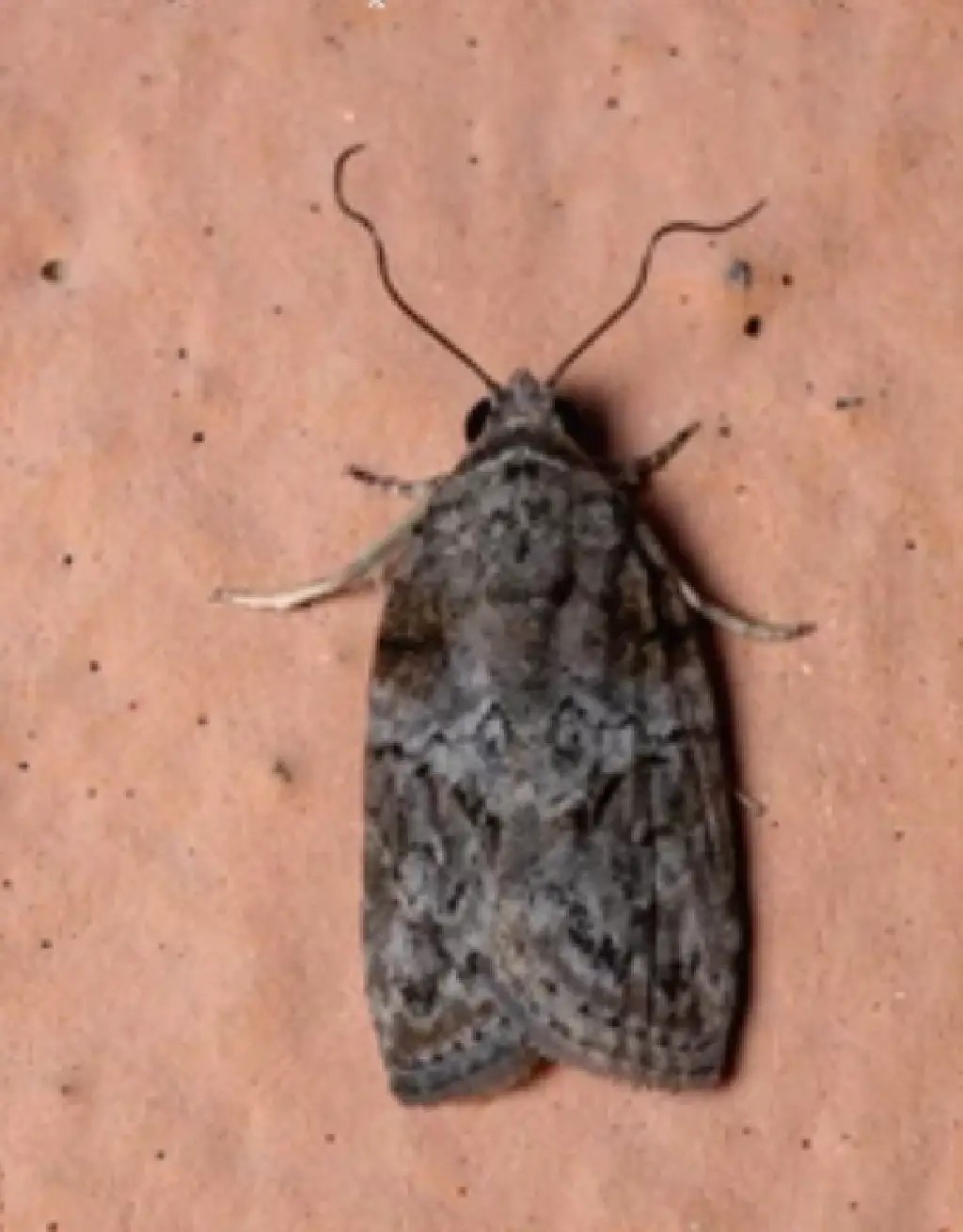Olive moth is an insect species that damages olive trees. This pest has different generations, including the leaf generation, fruit generation, and flower generation. Each of these generations causes damage to different parts of the olive tree.
Olive moth causes significant damage, particularly in agricultural areas. In our country, which ranks among the top ten in agriculture, olive production and export are of great importance. Therefore, the reduction in the quality and yield of olives leads to economic losses. Consequently, combating this species is of great importance. There are various methods used to combat this pest species.
Damage Caused by the Olive Moth
The scientific name of this pest, known as Prays oleae, causes significant losses in agricultural areas. It particularly affects the quality of products due to the damage it leaves on fruits and leaves.
The olive moth is only harmful during the larval stage. The damage caused by these larvae occurs in three phenological stages. These stages are as follows:
Leaf Generation Damage
The leaf generation emerges in spring. The larvae feed by chewing the emerging leaves, causing the leaves to dry out and fall. This loss of leaves leads to a decrease in the photosynthesis capacity of the tree, which reduces the yield of the olive tree.
Flower Generation Damage
This type of damage usually occurs at the end of spring or the beginning of summer. The flower generation targets the flowering parts of the tree. The formation of fruits is prevented in flowers that cannot be pollinated, reducing the yield and quality of the flowers.

Fruit Generation Damage
The damage caused by the fruit generation generally occurs at the end of summer or the beginning of autumn. This period coincides with the ripening of the fruits. During this generation, the larvae reach the seeds of the fruits and feed on them, causing the fruits to fall before they mature. The damaged fruits suffer commercial losses, and the product quality significantly decreases.
The damage it causes, especially in agricultural areas, negatively affects the country’s economy. Therefore, combating this pest species is of great importance. There are methods used for this purpose. The methods used are as follows:
- Cultural control
- Biological control
- Biotechnical control
- Chemical control
However, one of the methods frequently preferred by producers due to its reduction in the use of harmful chemicals and low cost is pheromone traps.
Olive Moth Trap
The olive moth trap is one of the effective methods used to combat this pest species. These traps are of great importance for population monitoring and tracking. One of the traps used for this purpose is pheromone traps.
The pheromone trap uses the pheromones secreted by the female moth. Male moths are attracted to the trap using sexual attractant pheromones. The moths that come to the trap stick to the adhesive plates, resulting in mass destruction.
In addition, containers filled with water can be placed inside the traps, causing the attracted insects to fall into these containers and drown.
Advantages of Pheromone Traps
- Pheromone traps are specific. The trap is targeted at the intended species, preventing other beneficial insects from being harmed.
- Pheromone traps are extremely effective for determining and tracking population density. This effect optimizes the timing of chemical intervention.
- This type of trap reduces the mating rate, significantly preventing the formation of new generations.
It is also very simple to set up and economical, making it one of the preferred trap methods.
It is generally recommended to set moth traps during periods when the population is active. This period is generally in April or May.
Pheromone traps are important for population monitoring and control. Therefore, it is recommended to set the traps before the moths become active.
To use the traps efficiently, regular maintenance and checks are of great importance. This ensures longer and more efficient use.
For detailed information about the olive moth and control methods, you can contact Kapar Organik.
The placement of these traps is also important. Traps should be placed at points where olive trees are located. Pheromone traps should be hung at a height of 1.5-2 meters, leaving specific distances between them. It is preferable to choose points where the wind blows the least.
Installed traps should be checked at regular intervals. Additionally, pheromone capsules should be renewed at specific intervals.
Adult moths generally appear silver in color. They are 7-8 mm in size, with a wingspan of 13-16 mm. There are black spots on their forewings, and silvery fringes on the edges. Females are more plump than males.
This pest species produces 3-4 generations a year. Therefore, population control and monitoring are of great importance in combating this species.
